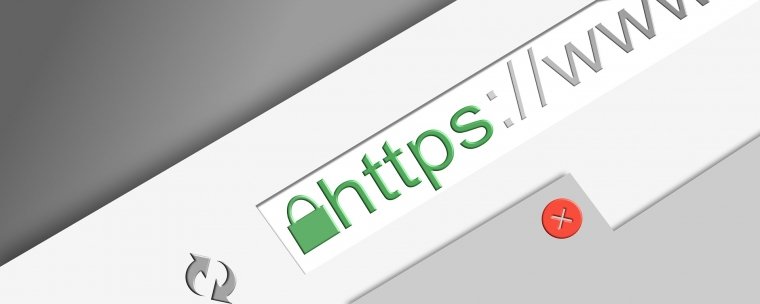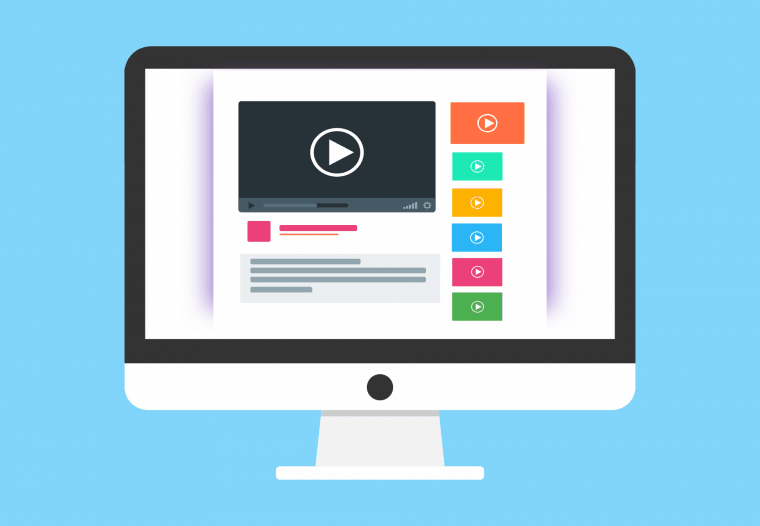From events to signing up for mailing lists, web splash pages are powerful tools in the digital marketer’s tool belt. Here is when to use them.
When we talk about the difference between a splash page and a landing page, there’s a common disconnect there. People think they’re one and the same, but that can be no further from the truth. We’ll walk you through the differences here and why you might consider a splash page. Keep reading to learn more:
Use Them To Make The Message Consistent
When you’re using a splash page, keep the message in both the splash page and landing page consistent. Make sure there is zero disconnect.
If you’re hiring digital marketing services, the landing pages should make do on the same promise the splash gives. If it doesn’t, it’s not only the search engine results pages (SERPs) that would give you a relevance penalty.

Use Splash Pages To Make Your Image Sell
As the splash pages are the first parts the customer sees, you want it to work as a billboard. The graphics need to be as rich as possible. It needs to convey what your goal is at a glance.
Make your image front and center. Images can help you tell your message in mere seconds. Proper hero shots can convince a visitor to convert to your cause.
Use Your Website Splash Page To Remove Any Distractions
Another reason that you’d want your website splash page to act as a billboard is:
- to entice visitors to stay
- read what you have to say
You want to offer as little else to do but scroll down and read.
Preventing any distractions reduces the chances of abandoning the page. A good example is sign-up page design. Make your visitors focus on your message, preventing lead generation friction.

Use Splash Pages To Improve Typography
Considering the elements of your website splash are critical to improving your conversions. When learning how to setup a landing page, you want your typography to be perfect.
Having the right typography for conversions means proper typeface and font size. Take advantage of the white space through correct kerning. Correct text formatting can help you keep their focus on your offer.
Use It During Big Design Changes
If you’re working on your sign up page design, making small design changes don’t work. It will never move the needle in your conversions. Any big results can only come from radical adjustments in your flow.
You want a design that provides for the needs of the potential leads. Landing page options should suit give the users a sense of control without a linear decision.
To do so, you want to consider different ways to encourage a conversion. This includes providing sign ups with different purposes.

Use A Web Splash Page To Be More Compelling With Less
The notion that people have short attention is a myth. You can absorb their attention and be compelling. Being compelling, however, is hard.
When it comes on how to set up a landing page, a splash page should be short and sweet. Too much content will reduce the ability of your content to be compelling.
Being straight to the point is crucial. Telling what benefits you can offer with less content is the right way on how to use landing pages.
Use Splash Pages To Underscore Your Offer’s Value
As we note about using less content for more impact, underscoring your offer’s value can benefit your conversions. Do so with short paragraphs and better calls to action.
An emphasis on the benefits of the offer can incentivize signups and downloads. To do so, you would want to address problems, wants, needs or interests that your potential leads may care about.
Use Different Splash Pages In A/B Testing
Much like anything on your website, a website splash page should receive testing with your landing pages.
A/B testing is vital to seeing which splash pages, which CTA, and even which hero images work for your audience.
Consider the positioning of your elements in your sign up page design. The position of landing page forms, videos, and even call to action can affect how your audience reacts.
Testing which works and picking the one with better conversions is a way to work according to data.
Improve Mobile Page Responsiveness With A Splash Page
One of the common problems that splash pages have is when they open in other devices. Keep splash pages responsive to mobile devices.
Responsiveness gives you many benefits. This includes capturing the strong mobile market, comprising around half of all online searches. You also get extra indexing through Google’s Mobile First Indexing algorithm, which can help improve your pages’ visibility.

Improve Customer Trust With Social Proof in Your Website Splash Page
In your splash pages, you want to help convince your leads to give their personal information. As more customers become more resistant to it, you want to improve customer trust with social proof. This comes in the form of testimonials, reviews and customer logos.
You may also want to add a small link to your privacy policy. Adding security seals like a BBB seal rating and certifications help potential customers have peace of mind.
How To Create Perfect Web Splash Pages
When it comes to your web splash pages, you want to make sure it works in harmony with your landing pages. Creating your landing page to provide the best experience is crucial. From design to content, it needs to work towards your conversion goals. When it comes to building your landing pages, you want to build the perfect ones as soon as you can. You need Under Construction Page.
Check Under Construction Page now and learn how you can get the best page templates that convert.
